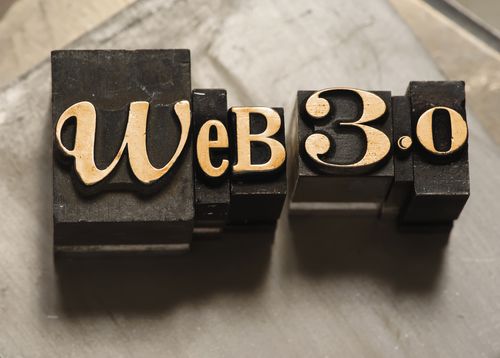I was recently on my flight home from the annual American Society of Training and Development TechKnowledge 2011 (TK11) conference in San Jose, CA. I just couldn’t wait to blog about what I learned at the conference. Putting aside the fact that the weather was in the high 60s to low 70s – while Utah was single digits and the rest of the eastern side of the country digging out of one the worst snowstorms in several years – the conference was wonderful and powerful.
In 2007, I attended my first TechKnowledge conference. Tony Bingham, ASTD president and CEO, opened the conference saying that learning organizations need to prepare for Web 2.0. This week, he started the conference saying we needed to prepare for Web 3.0. What is the difference? There is still debate but where Web 2.0 is about social collaboration, Web 3.0 is more about being mobile and a “Semantic Web”. (Watch for my next blog on Web 3.0) Tony quoted Gartner saying, “by 2013, 80% of businesses will support tablets. By 2014, 90% of businesses will support apps for smart phones as well as tablets.” How many of your co-workers are working on their tablets like the iPad more than they do their laptop/desktop? I can already pick out a handful in my office.
The social internet has taken many analyst and learning professionals by surprise, but for people like Kara Swisher, the keynote speaker who loves “All Things Digital” and famous for her interviews of Silcon valley’s top execs, talked about how great and vast social media has become and how companies are slow to adopt. She stated if companies want to continue to recruit the best talent, the generation that is now entering the workforce will be demanding avenues to get information through social media. Her cynical humor was refreshing. We don’t all like Web 2.0, but we participate and know it is changing the way the workforce learns.
The CLO of Qualcomm, Tamar Elkeles, was on a panel with other CLOs in another session. Tamar touted that their corporate culture of learning is a vital part of the organization and why they have only 4% employee turnover. Their industry is 11%. She further noted that the learning organization needed to be involved, connected, and work with the talent management organization, because TM is all about attracting, developing, and retaining employees. The learning organization can help create the environment that attracts the level of skills needed in the business. “Use training to focus on culture, to keep it together, as the company grows and expands,” she said. Quite interesting as well, she remarked on how the history of the company weaves the fabric of the company culture. History is so important to that company that they have now created a museum that opened last fall in conjunction with the company’s 25th anniversary.
Other take aways from the conference were:
- While implementing e-learning, work with the line managers to aid in change management and work with those early adaptors (like those with the iPad). Don’t use the vendor name of the e-learning tool, but create a name that is part of the business and company culture. This comes just in time as we at NICE CXone are rolling out our new learning and performance management system.
- Develop training to see end business results. Training effectiveness is about maximizing organizational results as well as creating and demonstrating the value to the business. As learning professionals we often focus on the reaction and learning, but we need to focus more on the behavior – to what degree participants apply what they learned back on the job – and results – the degree targeted outcomes occur as a result of the learning events and reinforcements.
- Demand for mobile learning is at our doorsteps.
Well my plane has landed here in Salt Lake City. Peering out the window, it looks cold, but I won’t let that chill my excitement. I will take what I have learned and put it into practice.




